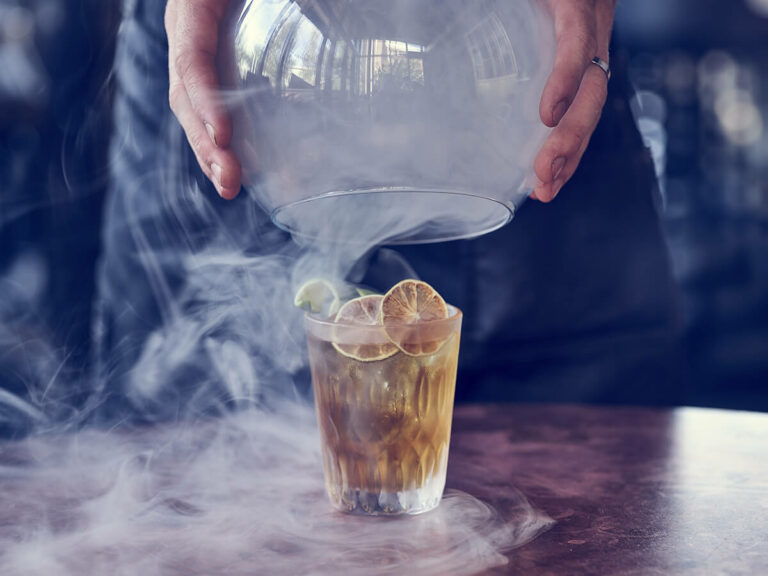
Virtual production: our top tips for mastering the art of illusion
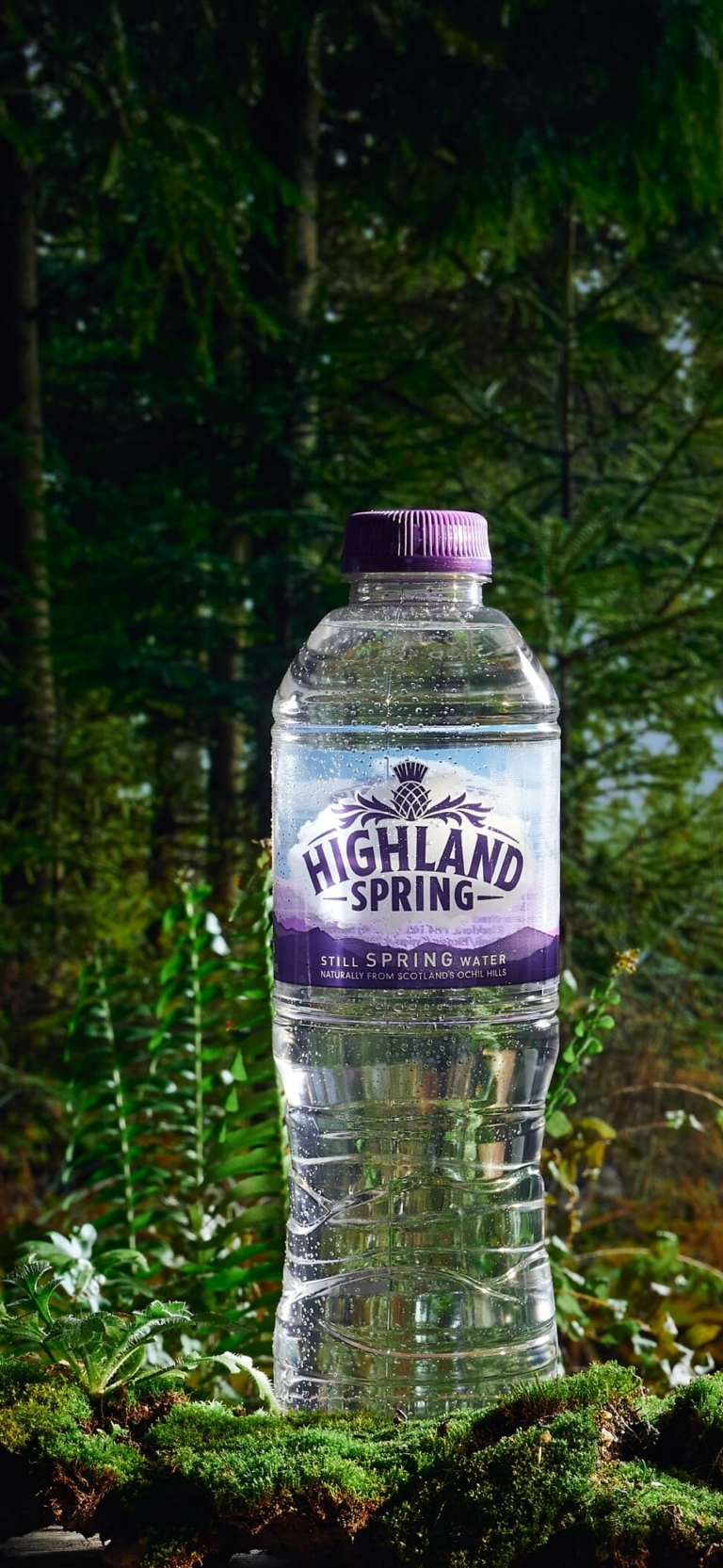
So, how can you make the most of this photography method? Over at the Manchester studio, our Photographic Lead, Chloe, shares some of her top tips for getting things just right…
Nail your background
The background in a virtual production shoot is kind of the main event, so it’s important to get it right. Make sure you put enough thought into what you want to achieve beforehand. When picking your backgrounds ahead of the shoot, consider the mood you want to create, the time of year you want to show, and how you want the image to feel overall.
On the big day, don’t be afraid to make tweaks to the background as you go. It might be that a certain element of the image doesn’t quite fit or needs moving – play around with it until you have everything exactly as you want it. Having a re-toucher on hand is useful to be able to make any changes as you need them on set. Equally, if your screen isn’t large enough to be placed far away from the set, adding blur to the image can help give it a sense of depth.
Don’t neglect the middle-ground
A virtual production background might be the star of the show, but it’s still important to think through any middle-ground aspects you want to include. Using props here can allow the final image to have multiple dimensions – you could include pieces of furniture, plants, or even people! Think about which elements might work with your theme and incorporate them on set.
Experiment with lighting
Before ‘camera, action’ comes…lights! Planning this element is vital, so you can work out how you’ll match your lighting to the background and make sure they flow seamlessly together. You can do this by looking at the direction, intensity, and tone of the light. Try experimenting with modifiers and gels, moving your lights around, or having a play with multiple light sources.
Get your exposure just right
Making sure your exposure is perfect is crucial to a successful virtual production shoot. Your exposure needs to be long enough to fully capture the colours and brightness of the screen – if the screen is underexposed, it will look dull and unrealistic, but if it’s overexposed, detail and colour might be blown out. Aim for an exposure where the colour and lightness of the background image are as accurate to your background image file as possible.
Don’t forget to do an exposure without lighting, either. Because the flash or continuous light heads can cause some glare on the screen, they can make the screen obvious. So, once you have your shot, turn all of the lights out and do an exposure for the screen only, which can be comped in at the retouch phase. It’s also great to strip back the set element by element, making sure to get a shot at each stage. This allows compositional changes to be made in post-production far more easily.
Virtual production is a great way to get creative on set without the unpredictability of shooting on location. Using background imagery gives you much more control, so you can adjust your set in real time and end up with a better starting point for post-production.
Sound good? If you’re interested in using virtual production for an upcoming project, please don’t hesitate to get in touch – we’ve got lots of ideas and we’d love to collaborate with you!
There are many ways to create engaging food and drink videography, and luckily, we have the facilities to help you do so. Contact the team and we’ll have a chat to see what works best for your brand, products, and strategy.
Contact usSee more insights
All the insights you need to drive your marketing strategy and communications.

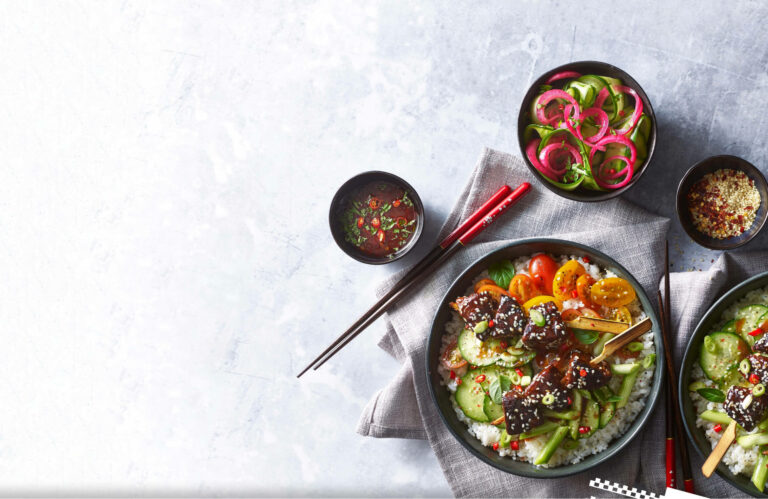
4 ways to approach food and drink videography
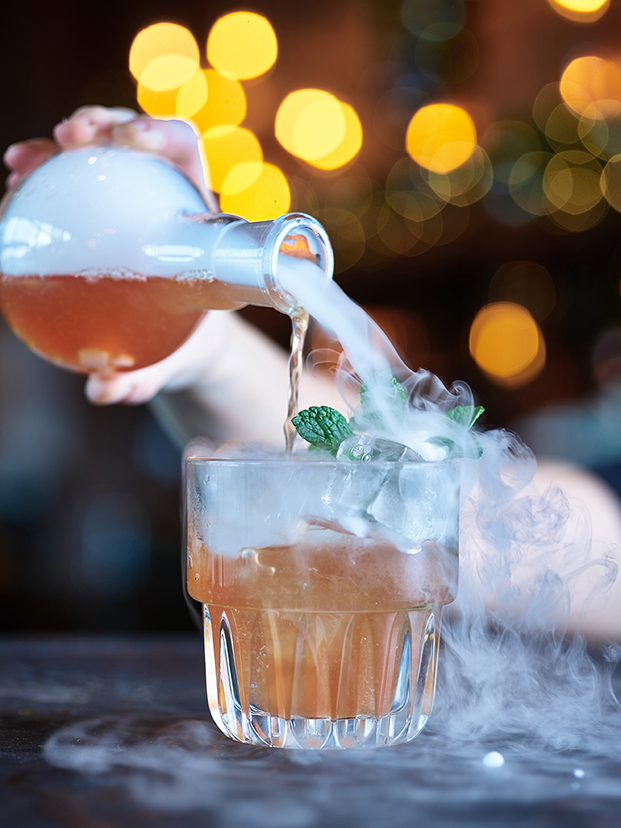
Hot shots: food photography & video content for autumn
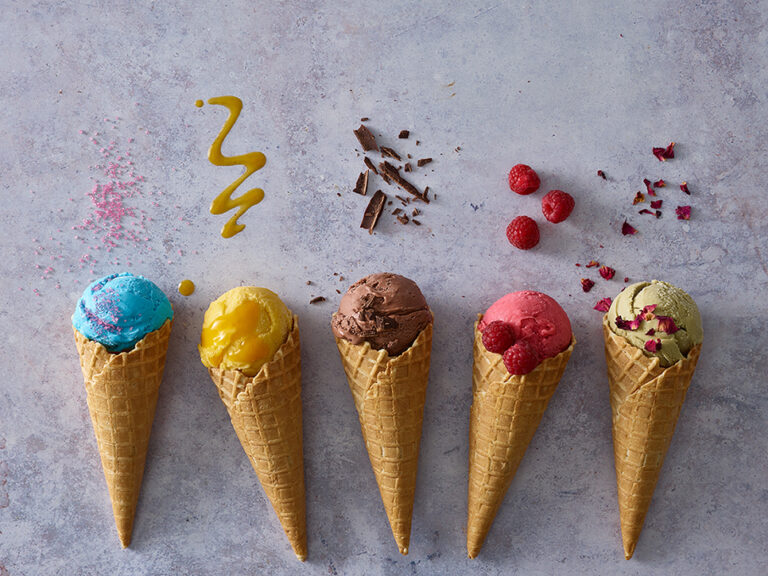
An inside scoop on ice cream photography
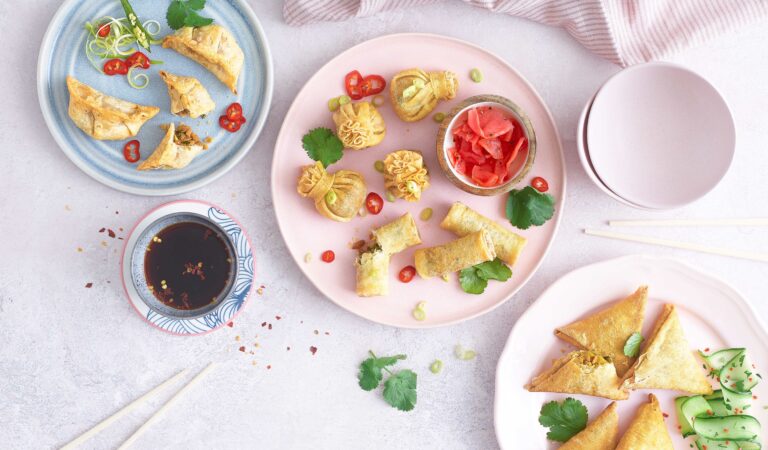
How we eat now: consumer insights to act on
